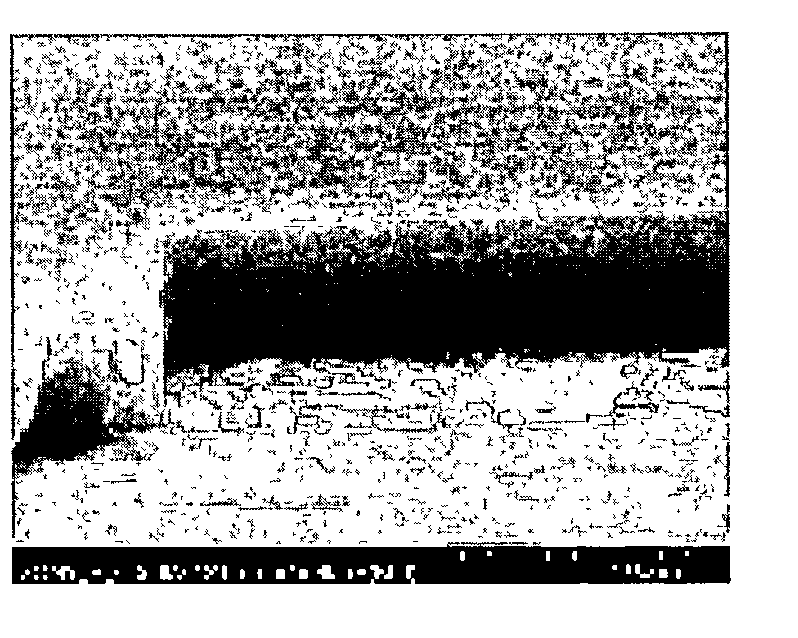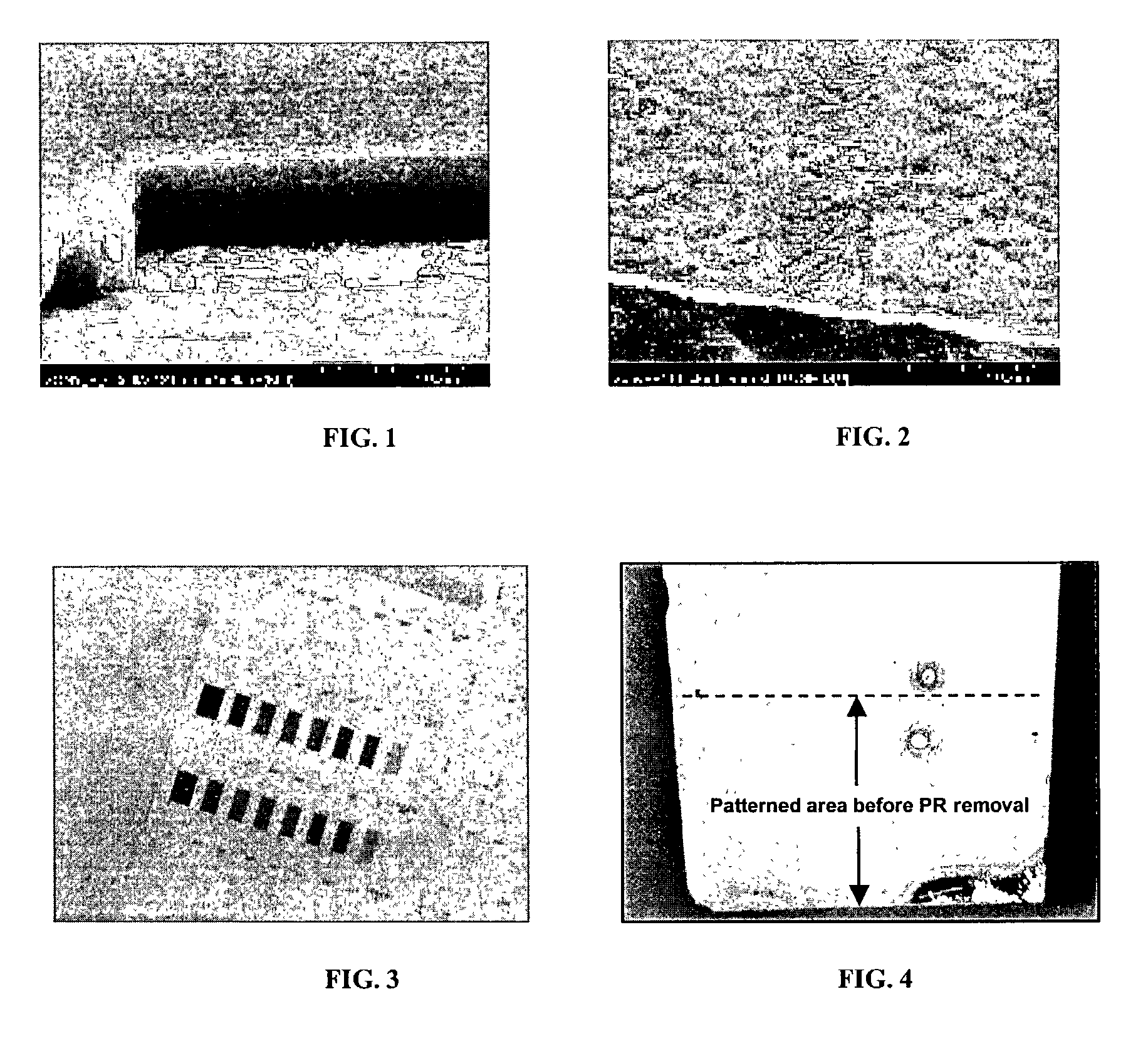Supercritical carbon dioxide/chemical formulation for removal of photoresists
a carbon dioxide and photoresist technology, applied in the direction of instruments, photomechanical equipment, inorganic non-surface-active detergent compositions, etc., can solve the problems of residual metal contamination, difficult to satisfactorily remove photoresist materials and their residues, and effort wasting
- Summary
- Abstract
- Description
- Claims
- Application Information
AI Technical Summary
Problems solved by technology
Method used
Image
Examples
Embodiment Construction
[0026] The present invention is based on the discovery of a supercritical carbon dioxide-based cleaning composition that is highly efficacious for the removal of photoresists, including photoresists per se as well as ion-implanted photoresists, from semiconductor substrates on which same are present.
[0027] Supercritical carbon dioxide (SCCO2) might at first glance be regarded as an attractive reagent for removal of photoresists, since supercritical CO.sub.2 has the characteristics of both a liquid and a gas. Like a gas, it diffuses rapidly, has low viscosity, near-zero surface tension and penetrates easily into deep trenches and vias. Like a liquid, it has bulk flow capability as a "wash" medium.
[0028] Despite these ostensible advantages, however, supercritical CO.sub.2 is non-polar. Accordingly, it will not solubilize many polar species, including inorganic salts and polar organic compounds that are present in the photoresists and that must be removed from the semiconductor substra...
PUM
| Property | Measurement | Unit |
|---|---|---|
| pressure | aaaaa | aaaaa |
| temperature | aaaaa | aaaaa |
| temperature | aaaaa | aaaaa |
Abstract
Description
Claims
Application Information
 Login to View More
Login to View More - R&D
- Intellectual Property
- Life Sciences
- Materials
- Tech Scout
- Unparalleled Data Quality
- Higher Quality Content
- 60% Fewer Hallucinations
Browse by: Latest US Patents, China's latest patents, Technical Efficacy Thesaurus, Application Domain, Technology Topic, Popular Technical Reports.
© 2025 PatSnap. All rights reserved.Legal|Privacy policy|Modern Slavery Act Transparency Statement|Sitemap|About US| Contact US: help@patsnap.com


